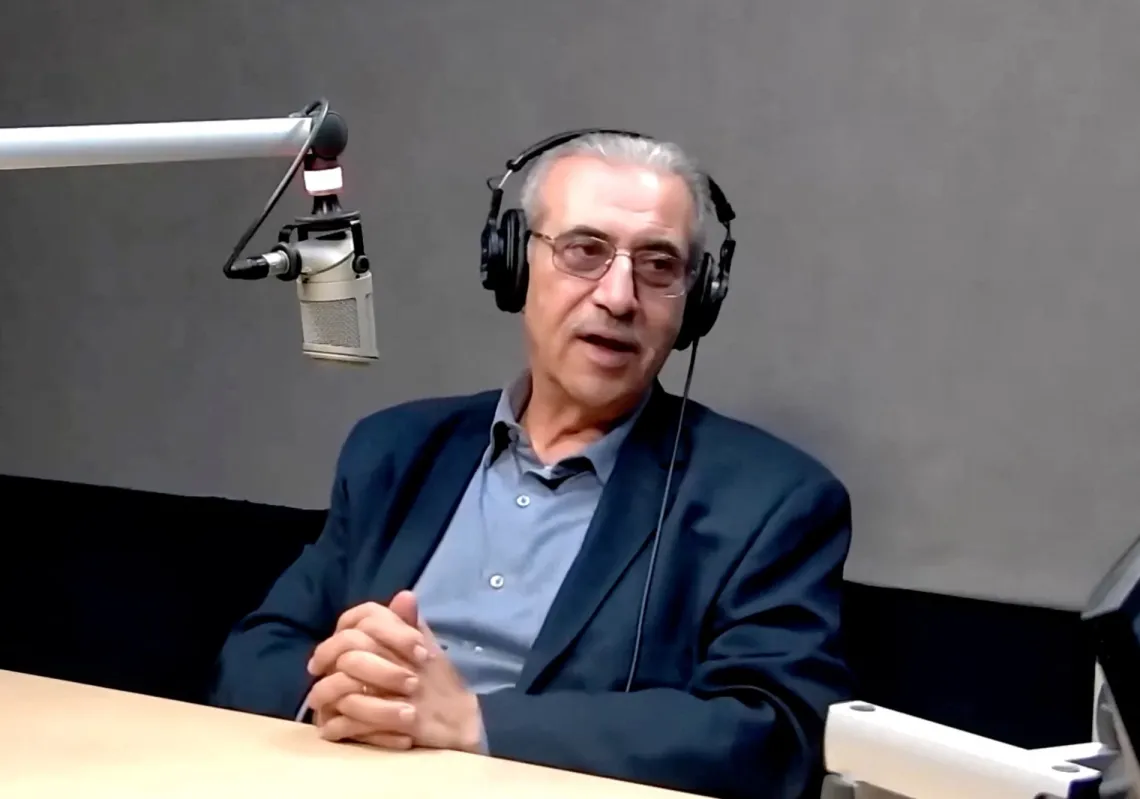John Maynard Keynes, best known as the founder of Keynesian economics; a school of economic thought, and also described as Britain’s most famous 20th-century economist, suggested in one of his essays “Economic Possibilities for our Grandchildren” that in the century that follows technological improvement will make us on average eight times better off. It also states that humans would have low hours, like 15 hours a week, to satisfy their economic needs.
Someone living in the 21st century would see such a statement as absurd; however, John Keynes deduction was logical. Looking at the development of working hours; during 1600 a British farmer worker was at work for 266 days. This number didn’t significantly change until the late 18th century during the Industrial Revolution, and working time rose to 318 days. However, working hours started to decrease from 1870 till 1970. In 1970 there was a divergence where continental Europe and Japan’s people continued working less. However, the U.S. and U.K. peoples have been working the same since 1970.
If we follow simple logic, technological development leads to less working power needed to produce commodities; this means that we should be experiencing a significant continued decrease in working hours. However, economics doesn’t follow such logic. Economic logic is rather of conflict between interests which is in our case between laborers and owners of factories. The short time movement, also known as the 40-hour week movement, gained momentum during the 19th century with laborers dissatisfied with the number of hours they work which averaged between 10-16 hours. The movement was replete with labor demands, strikes, repression, and occasional victories. Most often, strikes were met with armed violence by the state, for instance, the 1886 Haymarket Square incident in Chicago. Over time more and more companies gave in, and it was finally legislated in 1940 when Congress amended the Fair Labor Standards Act and reduced the federal workweek to 40 hours. This also occurred in Europe and spread throughout the world. Sometimes this history is portrayed as an act of altruism by the state and corporation which isn’t often the case.
Furthermore, if we consider modern research, it has been shown that fewer hours (35 hours a week) increases productivity and has many psychological benefits. However, as we’ve seen before, it’s not simple logic that brings about change but rather conflicts; this’s the dynamics of modern society, a conflict of interest between classes that drives improvement. For instance, economic development is driven by the conflict between corporation pushing for productivity (pursuits of profits) and society setting limits and stopping the economies from burning themselves. This ideology of free-market, which discourages labor movement and other market interventions, is a way for the corporation to apply pressure. Although at the moment very weakened, labor unions should also face it with pressure. This article isn’t a case against corporation but rather a demonstration of how this historical conflict between interests is the driver of change and arguably development, not logical deductions, or scientific explanations.










